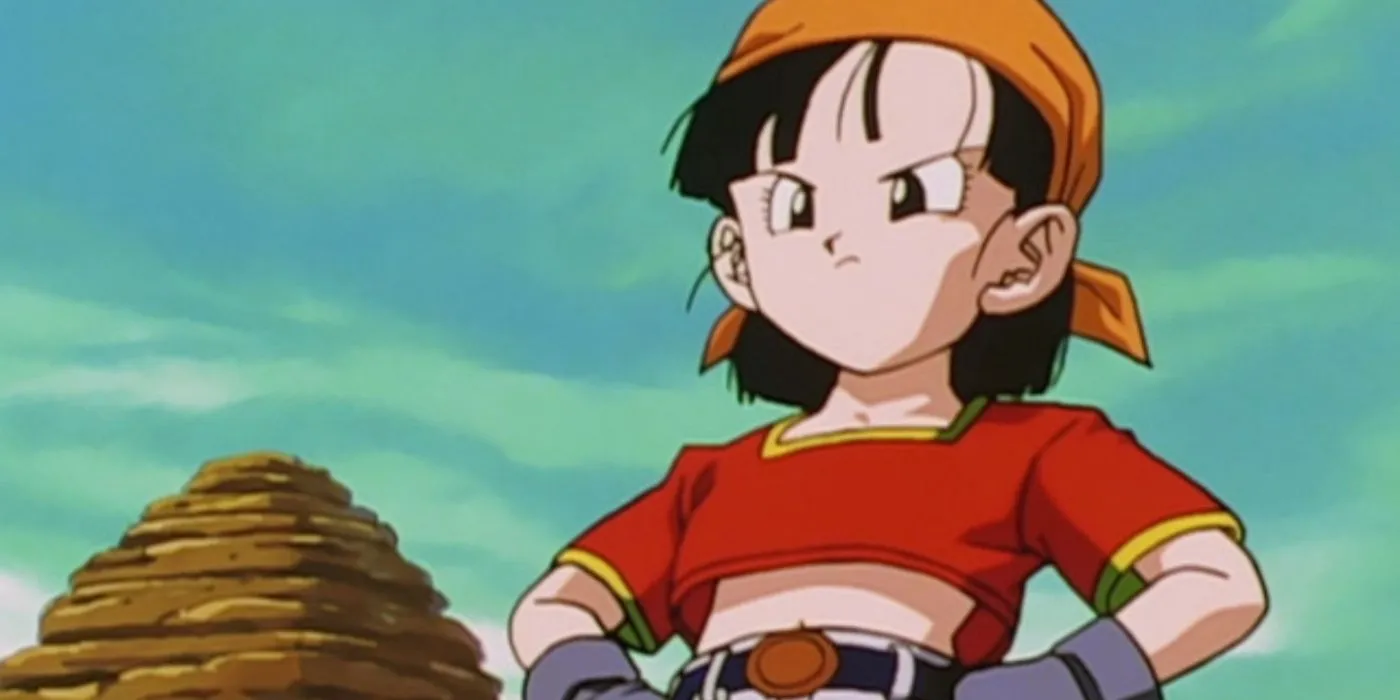
Dragon Ball GT finds itself in a complex position within the Dragon Ball franchise, primarily due to its status as a sequel that diverges from the original works of Akira Toriyama. This contention has intensified with the introduction of Dragon Ball Super, a series that, while chronologically positioned before GT, presents significant continuity challenges.
The narrative landscape of Dragon Ball Super has broadened extensively, introducing formidable deities like Beerus and Whis, as well as unveiling a multiverse framework. This expansion allows characters such as Goku and Vegeta to attain exceptional power levels, nearly rivaling those of divine beings. However, when viewed in chronological order, one might expect these new capabilities and characters to seamlessly integrate into GT. In reality, this integration is flawed, as concepts like the Super Saiyan God were absent during GT’s creation, creating an unsettling perception that Goku and Vegeta experienced a noticeable regression in strength when transitioning from Super to GT.
Quick Links
- Is Dragon Ball GT Canon to the Other Series?
- Dragon Ball Super Has Already Offered a Solution for GT
- Dragon Ball GT’s Continuity Issues May Never Be Properly Addressed
Is Dragon Ball GT Canon to the Other Series?
GT’s Canonicity is Hotly Debated

Toei Animation maintains that Dragon Ball GT is canon within the overarching narrative. However, this assertion is moderated by Akira Toriyama’s own perspective; he regards GT as a “side story”rather than a direct continuation of his esteemed manga. Despite granting approval for its development, many long-time fans have historically viewed GT as a non-canonical series, particularly in light of Dragon Ball Super’s revelations.
Super, crafted with Toriyama’s involvement, is predominantly embraced as canon, often relegating GT to the sidelines. Some fans may argue for GT’s superiority over Super, although they represent a minority. Enthusiasts of GT fiercely guard its legacy, routinely criticizing Super for the continuity dilemmas it engenders. Toei, recognizing the potential backlash from these fans, hesitates to retract GT’s canonical status to avoid diminishing its importance altogether.
As Dragon Ball Super progresses, it continues to diverge from the established GT narrative, particularly in character development. Characters such as Pan evolve differently within Super, complicating the timeline as it draws closer to GT’s commencement.
Dragon Ball Super Has Already Offered a Solution for GT
A Multiverse Explanation Can Justify GT’s Existence

The impending solution for maintaining GT’s canon without intruding on Super’s narrative lies in the concept of alternate timelines. The framework of Dragon Ball Super has already established multiple timelines, accessible through specialized Time Rings wielded by the Kai. By positioning GT in a distinct timeline and Super in another, both series can coexist harmoniously without negating one another’s events. This duality has even been embraced in various Dragon Ball video games and the Super Dragon Ball Heroes manga and anime, where the Super Saiyan 4 iterations of Goku and Vegeta are designated as “Xeno”forms.
This approach effectively mitigates continuity conflicts, as it frees each series from the burden of directly connecting to the other. By recognizing GT as an alternate universe, concepts such as Super Saiyan 4 can still be integrated into the Super universe, maintaining their validity while sidestepping narrative complications associated with GT’s characterization.
Dragon Ball GT’s Continuity Issues May Never Be Properly Addressed
The Issues with Dragon Ball GT May Go On for Quite Some Time

While positioning GT as an alternate timeline could resolve existing issues, it presents challenges for Toei as well. Presenting GT as an alternate universe may diminish the perceived significance of its events, similar to the ramifications of complete de-canonization. This can lead to perceptions that GT offers a secondary narrative, especially as ongoing Super expansions continue to introduce fresh material.
The introduction of alternate timelines may also incur confusion among the fan community. While the notion is simple, it’s not a common approach in long-standing series, potentially alienating newer or less invested fans who might struggle with the concept. Without explicit textual indications, many newcomers would require external explanations to grasp the separate continuity, posing a risk of disengagement—something Toei aims to avoid.
In light of these dynamics, it appears that Toei’s best strategy remains the current ambiguous stance on GT’s canonicity, opting to overlook glaring continuity discrepancies. Unfortunately, this means that the concerns surrounding GT’s narrative integration are likely to persist, particularly as Dragon Ball Super inches closer to GT’s narrative timeline, potentially forcing an official reconciliation in the future.
Dragon Ball GT continues to present significant challenges for its fanbase, yet the likelihood of an official resolution remains slim, even as various solutions exist that could satisfy both factions.




Leave a Reply